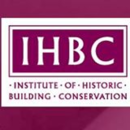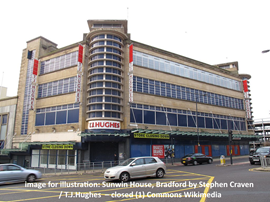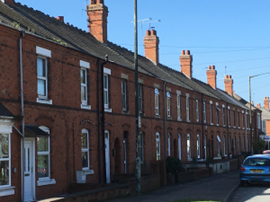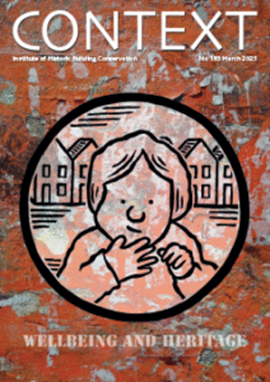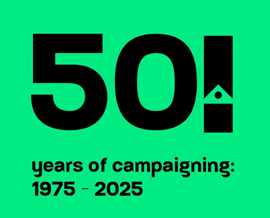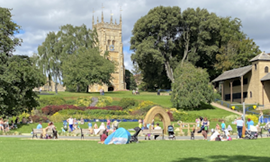Reading Ruskin's Cultural Heritage: conservation and transformation
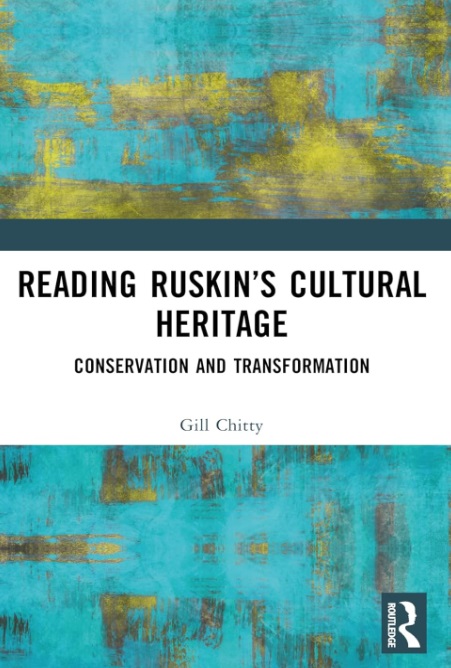
|
| Reading Ruskin's Cultural Heritage: conservation and transformation, Gill Chitty, Routledge, 2023, 176 pages, 16 black-and-white illustrations. |
What are we to make of John Ruskin? As early as 1849, he expressed what would later be known as the principles of sustainable development and environmentalism. The first intake of Labour MPs, asked in 1906 which author had most influenced them, all named Ruskin. His work is still relevant to thinking about cultural heritage and building conservation.
But Ruskin admitted that he did not consider that he had reached a balanced position on any subject unless he had contradicted himself at least three times. His writing was variously eloquent, inspiring, overblown and opaque. He is accused of combining an understanding of the value of historic buildings and places with a narrow-minded fetishism for materials.
Gill Chitty’s book focuses on Ruskin’s writing on architecture and buildings, and landscape and cultural heritage. She presents six essays of her own, each followed by an extract from Ruskin’s writing on art, architecture or culture.
Her essay on ‘Restoration and conservation futures’, for example, explains Ruskin’s theories of perception and his aims for The Seven Lamps of Architecture. Chitty discusses how his ideas on preservation connected and, at times, conflicted with those of his contemporaries. She suggests how his own thinking was transformed in the hands of others and sets it in the context of current thinking on heritage futures.
The Ruskin extract that follows that essay is from The Opening of the Crystal Palace. Ruskin recalls that ‘in the year 1851, when all that glittering roof was built, in order to exhibit the paltry arts of our fashionable luxury, the carved bedsteads of Vienna, and glued toys of Switzerland, and gay jewellery of France – in that very year, I say, the greatest pictures of the Venetian masters were rotting at Venice in the rain, for want of a roof to cover them, with holes made by cannon shot through their canvas.’ He goes on to propose alternative priorities.
Chitty’s essay on ‘Ruskin on craft and labour’, showing how his ideas influenced the arts-and-crafts movement and the revival of traditional craft making, is followed by an extract in which Ruskin sets out three precepts for a well-made thing. Choose only necessary things made with inventiveness, he urged; expect a finish to have practical use or meaningful design intention; and make replicas only when needed as a record.
‘Is it that [Ruskin’s] words connect into something fundamental, the tactile experience of handling an object made with careful skill by another human, and the uncanny way it can connect over time?’ Chitty asks. ‘Or does he simply, but profoundly, expose the complex relationship between the work of the hand and the mind, between labour and ingenuity, between the way that a society produces things and its values?’
That thought prompts her to wonder how it would work to apply Ruskin’s three rules for ethical production to today’s conservation practice; and whether there is a line for future conservation thinking there, ‘to follow the path of craft practice into a different modernity.’
Chitty’s essays are superb and her extracts from Ruskin constitute an admirably short selection from the vast swathes of his work. There is a great deal of enlightenment to be found here and much thought will be provoked.
At £90 for 176 pages and only a few illustrations, the book is ridiculously expensive.
This article originally in the Institute of Historic Building Conservation’s (IHBC’s) Context 179, published in March 2024. It was written by Rob Cowan, editor of Context.
--Institute of Historic Building Conservation
Related articles on Designing Buildings Conservation.
IHBC NewsBlog
Old Sarum fire in listed (& disputed) WW1 Hangar - Wiltshire Council has sought legal advice after fire engulfed a listed First World War hangar that was embroiled in a lengthy planning dispute.
UK Antarctic Heritage Trust launches ‘Virtual Visit’ website area
The Trust calls on people to 'Immerse yourself in our heritage – Making Antarctica Accessible'
Southend Council pledge to force Kursaal owners to maintain building
The Council has pledged to use ‘every tool in the toolbox’ if urgent repairs are not carried out.
HE’s Research Magazine publishes a major study of the heritage of England’s suburbs
The article traces the long evolution of an internal programme to research 200 years of suburban growth
IHBC Context 183 Wellbeing and Heritage published
The issue explores issues at the intersection of heritage and wellbeing.
SAVE celebrates 50 years of campaigning 1975-2025
SAVE Britain’s Heritage has announced events across the country to celebrate bringing new life to remarkable buildings.
IHBC Annual School 2025 - Shrewsbury 12-14 June
Themed Heritage in Context – Value: Plan: Change, join in-person or online.
200th Anniversary Celebration of the Modern Railway Planned
The Stockton & Darlington Railway opened on September 27, 1825.
Competence Framework Launched for Sustainability in the Built Environment
The Construction Industry Council (CIC) and the Edge have jointly published the framework.
Historic England Launches Wellbeing Strategy for Heritage
Whether through visiting, volunteering, learning or creative practice, engaging with heritage can strengthen confidence, resilience, hope and social connections.





